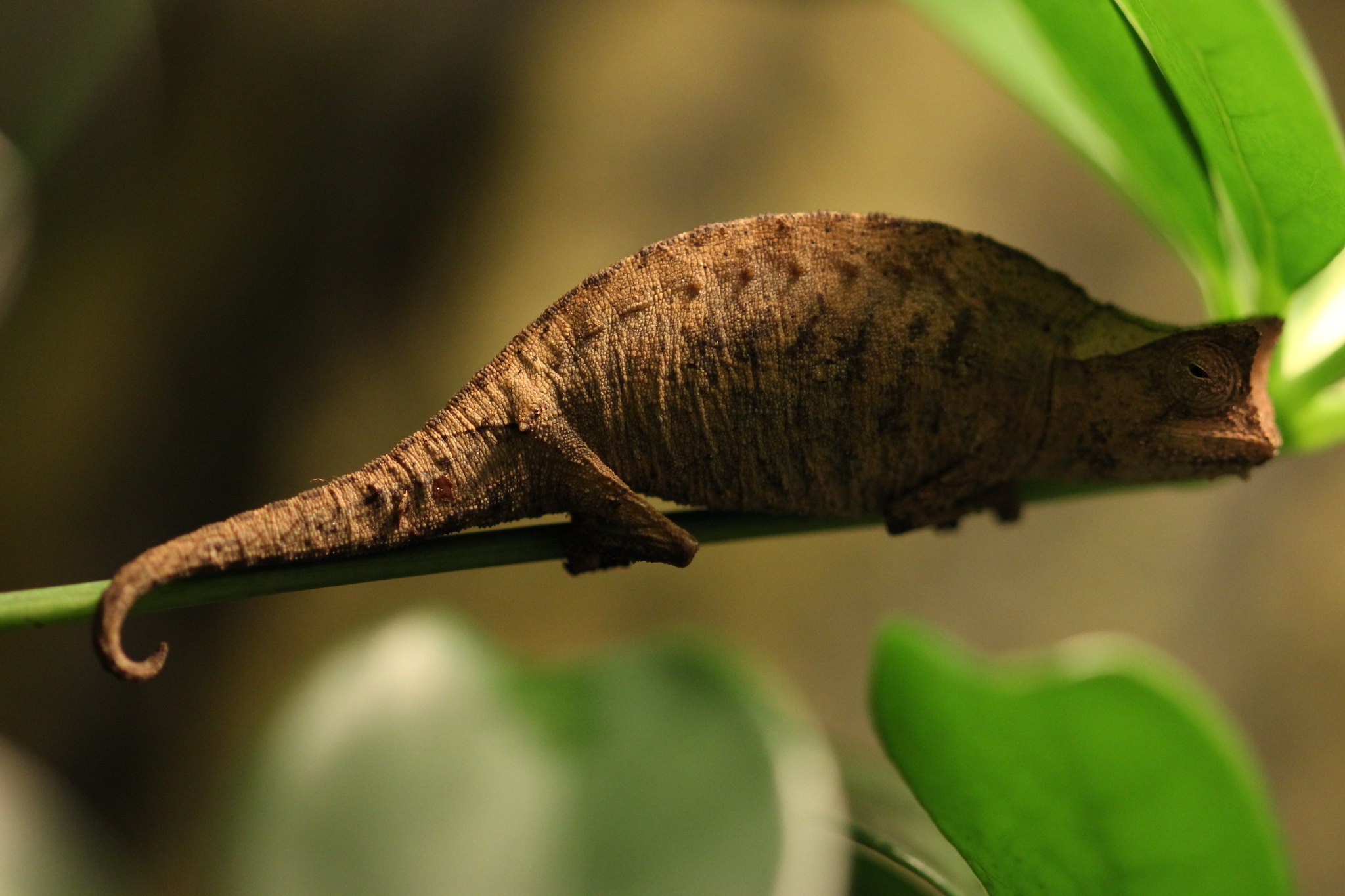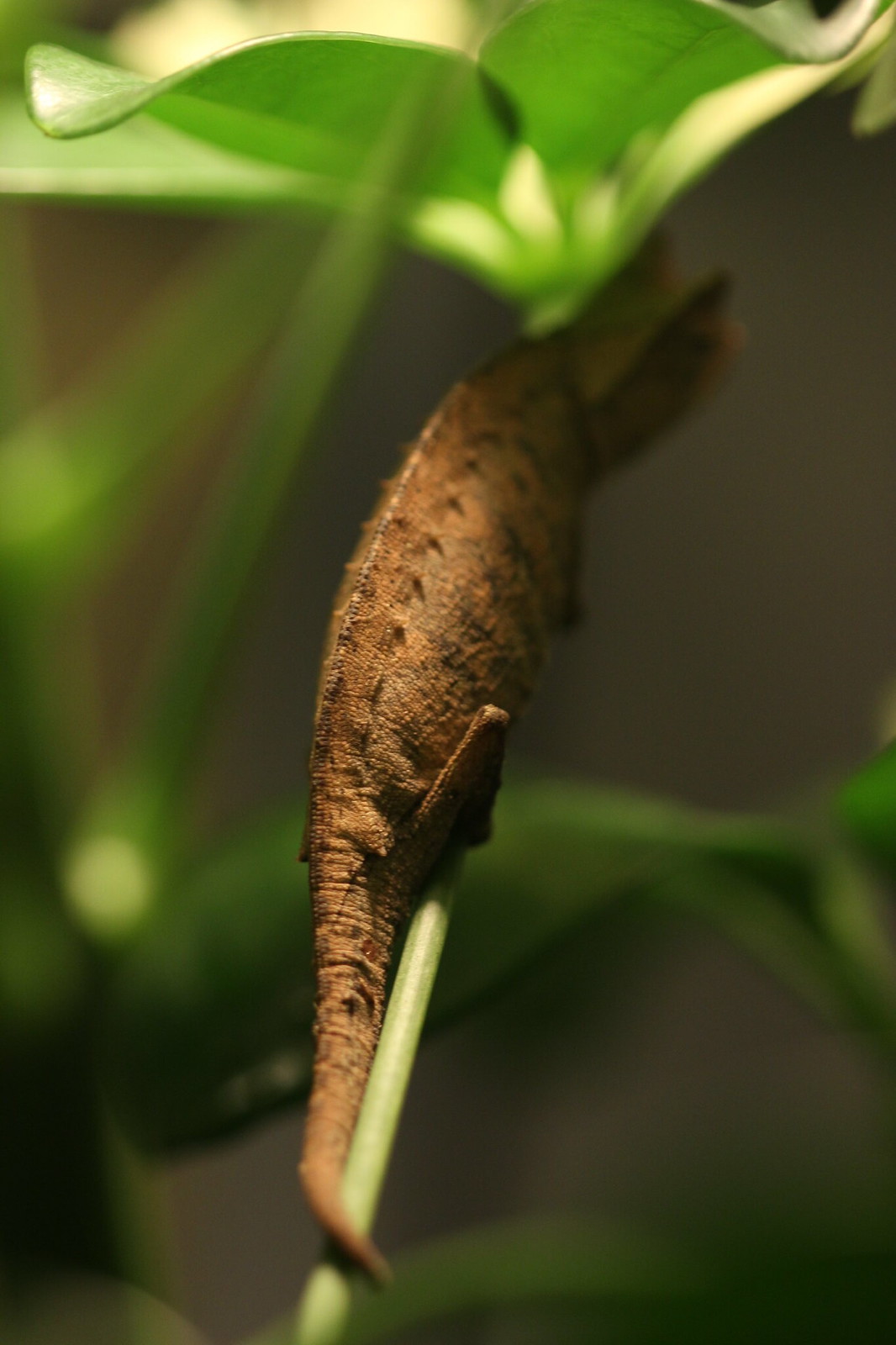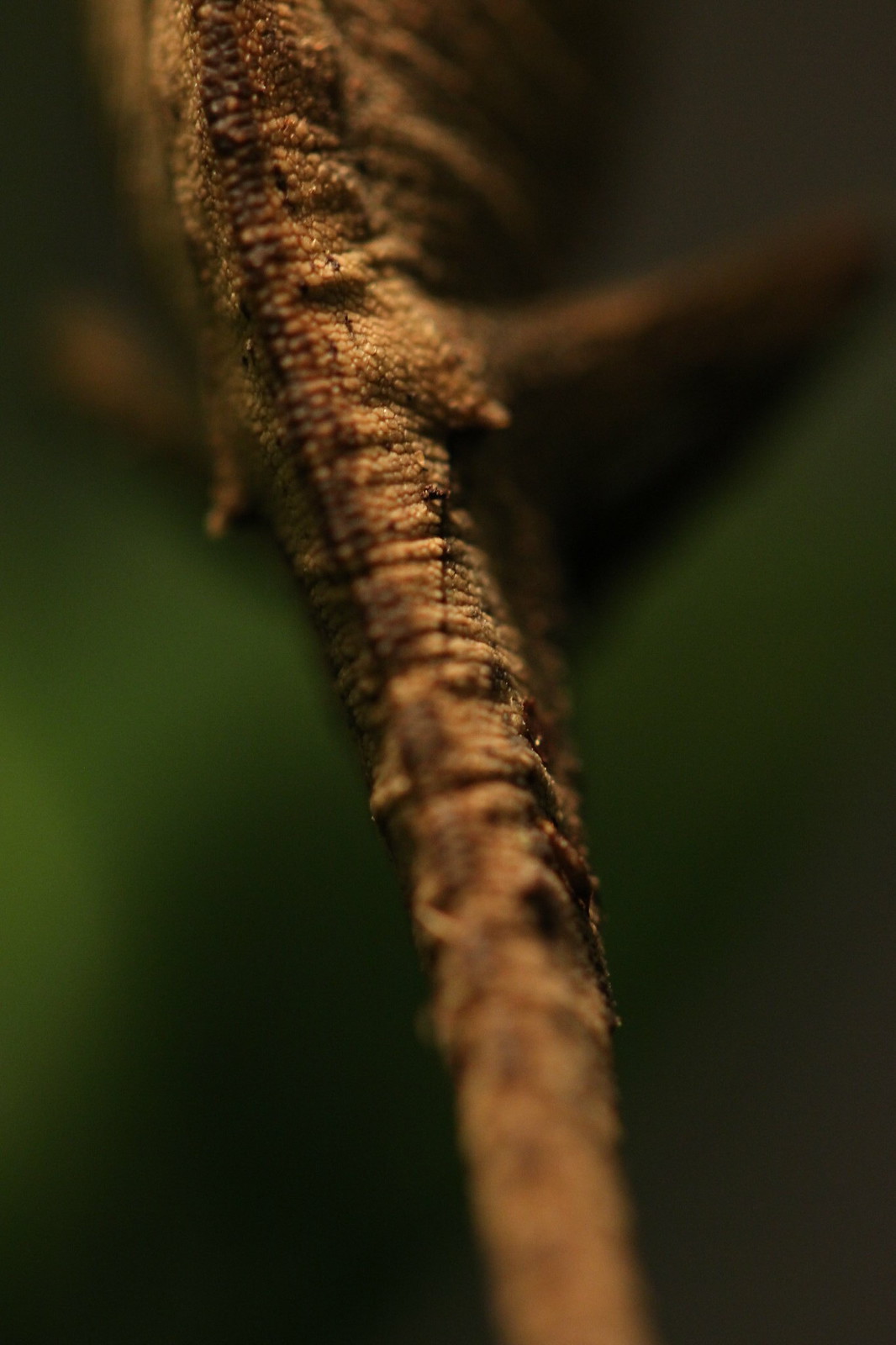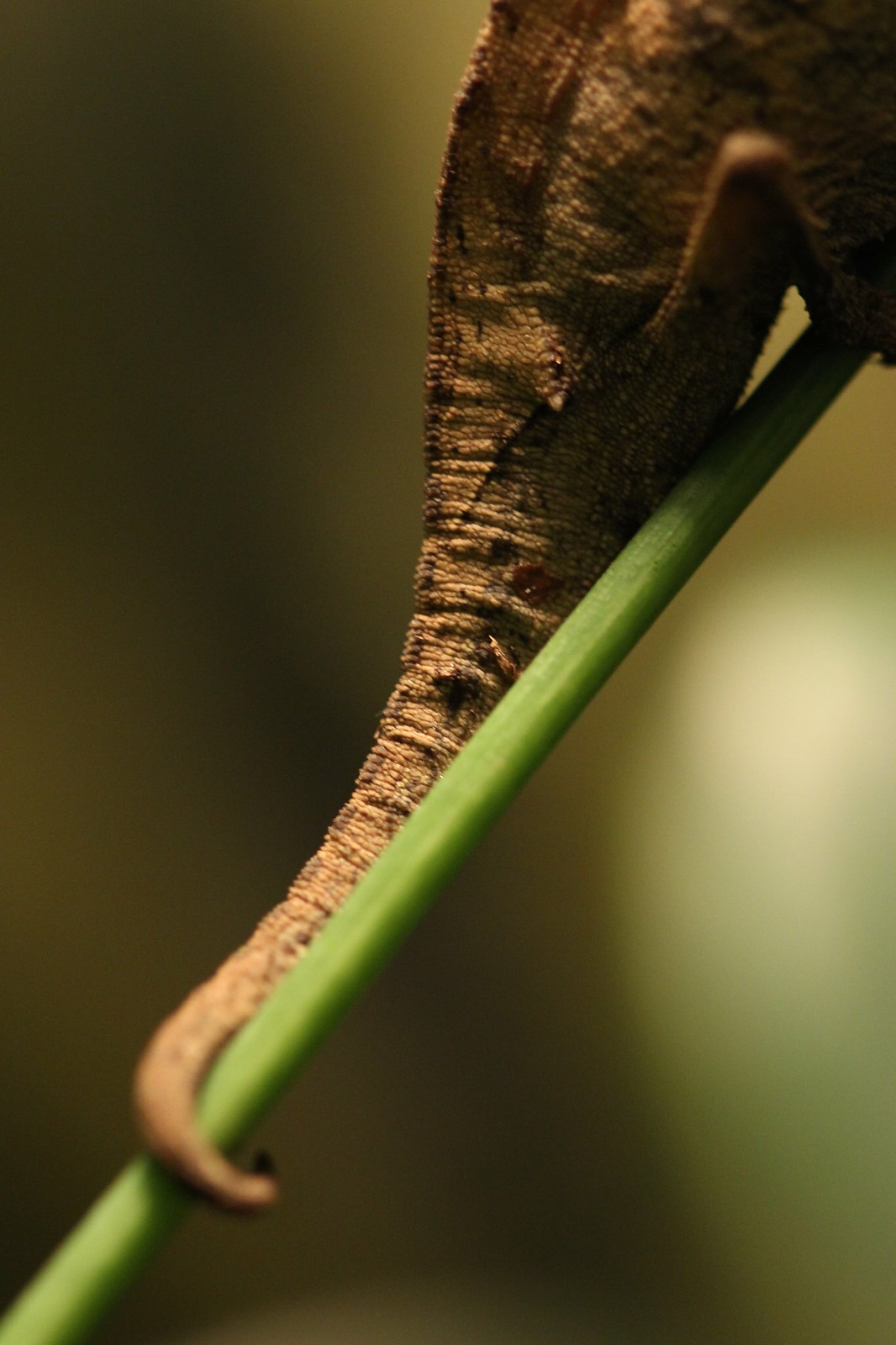TCMontium
Avid Member
Hello everyone,
I obtained a Brookesia specimen recently. It was sold as a "female Brookesia therezieni", but I am not sure about both of these being true. As far as I can see, the chameleon has no pointed lateroventral tubercles (aka. the spikes on the sides of the back continuing on the tail), which is said to be present at B. therezieni. If this description is true, :
"Pointed tubercles on lateroventral surface of tail B. therezieni
No pointed tubercles on lateroventral surface of tail B. superciliaris"
then my chameleon is a Brookesia superciliaris specimen. And a significant amound of the chameleons sold and bred for years as Brookesia superciliaris are actually Brookesia therezieni. I see many specimens of "Brookesia superciliaris" with visibly pointed lateroventral tubercles on google images and facebook, even some photos from experienced breeders.
Also, do you thing this is a female or male? I have never kept Brookesia specimens so I am not sure.



Thank you for your help,
I obtained a Brookesia specimen recently. It was sold as a "female Brookesia therezieni", but I am not sure about both of these being true. As far as I can see, the chameleon has no pointed lateroventral tubercles (aka. the spikes on the sides of the back continuing on the tail), which is said to be present at B. therezieni. If this description is true, :
"Pointed tubercles on lateroventral surface of tail B. therezieni
No pointed tubercles on lateroventral surface of tail B. superciliaris"
then my chameleon is a Brookesia superciliaris specimen. And a significant amound of the chameleons sold and bred for years as Brookesia superciliaris are actually Brookesia therezieni. I see many specimens of "Brookesia superciliaris" with visibly pointed lateroventral tubercles on google images and facebook, even some photos from experienced breeders.
Also, do you thing this is a female or male? I have never kept Brookesia specimens so I am not sure.
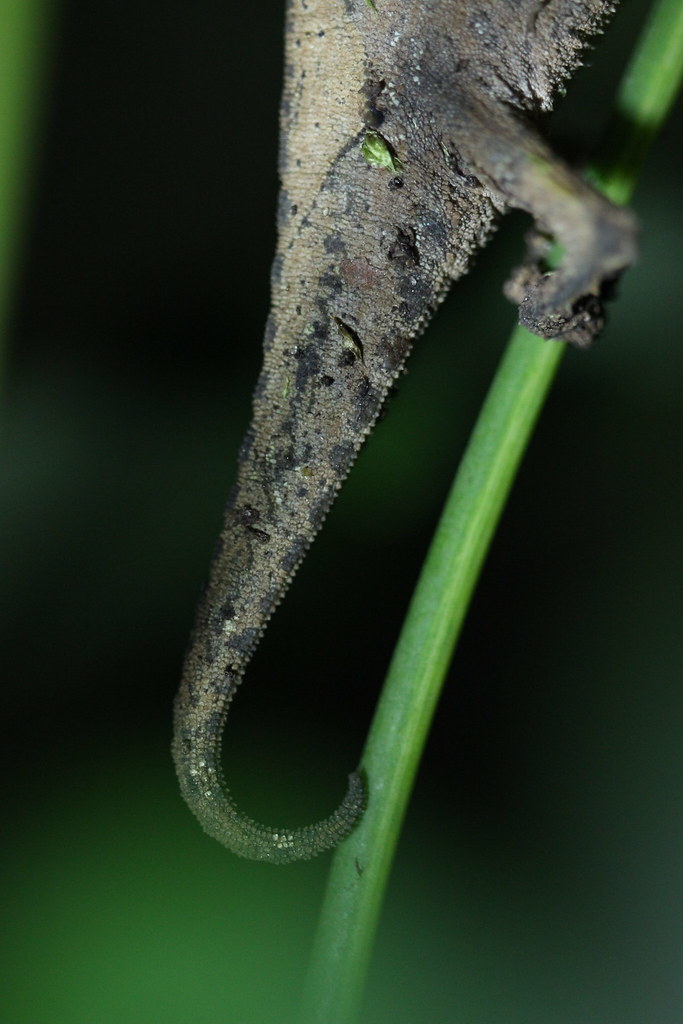
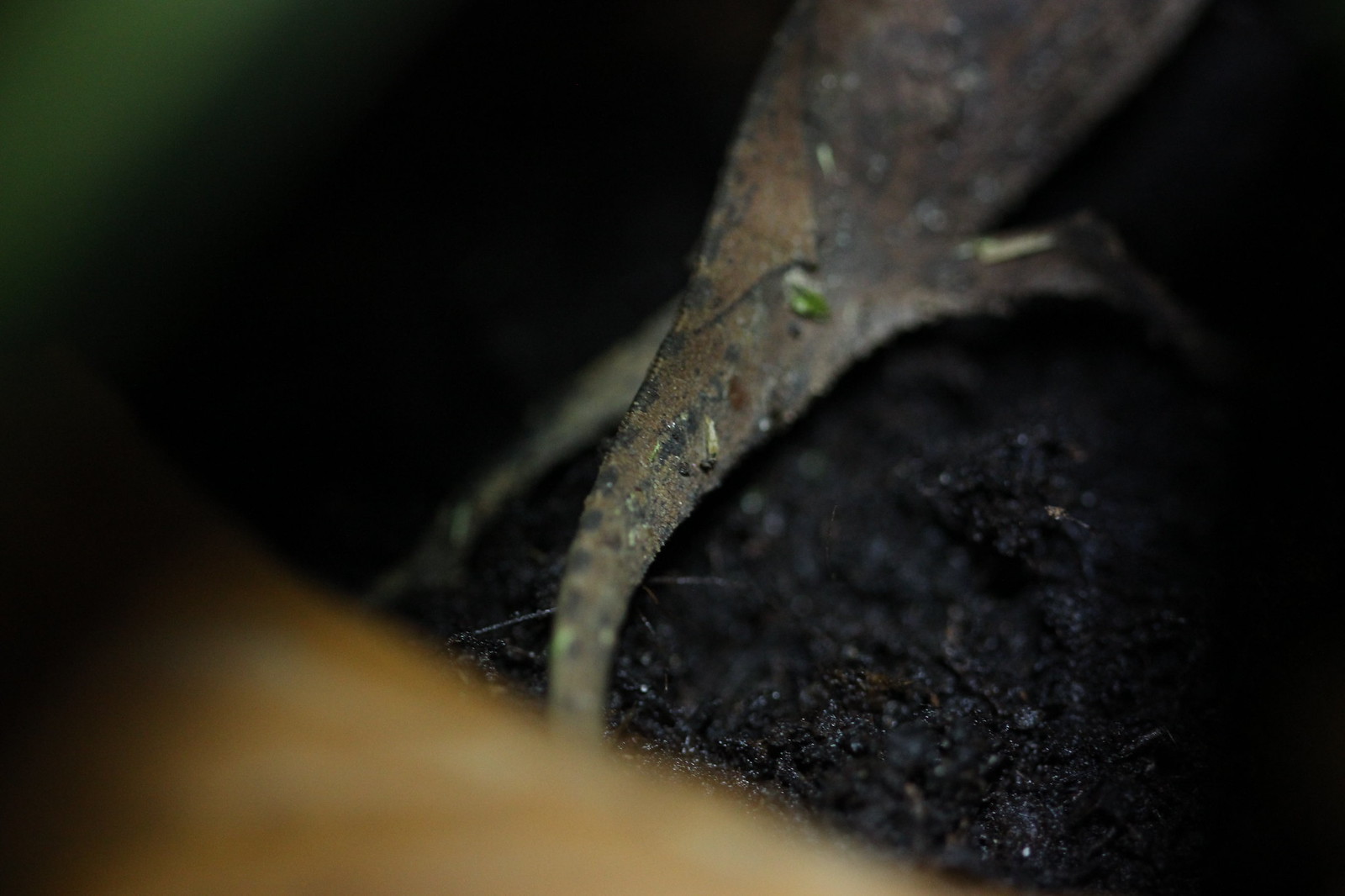
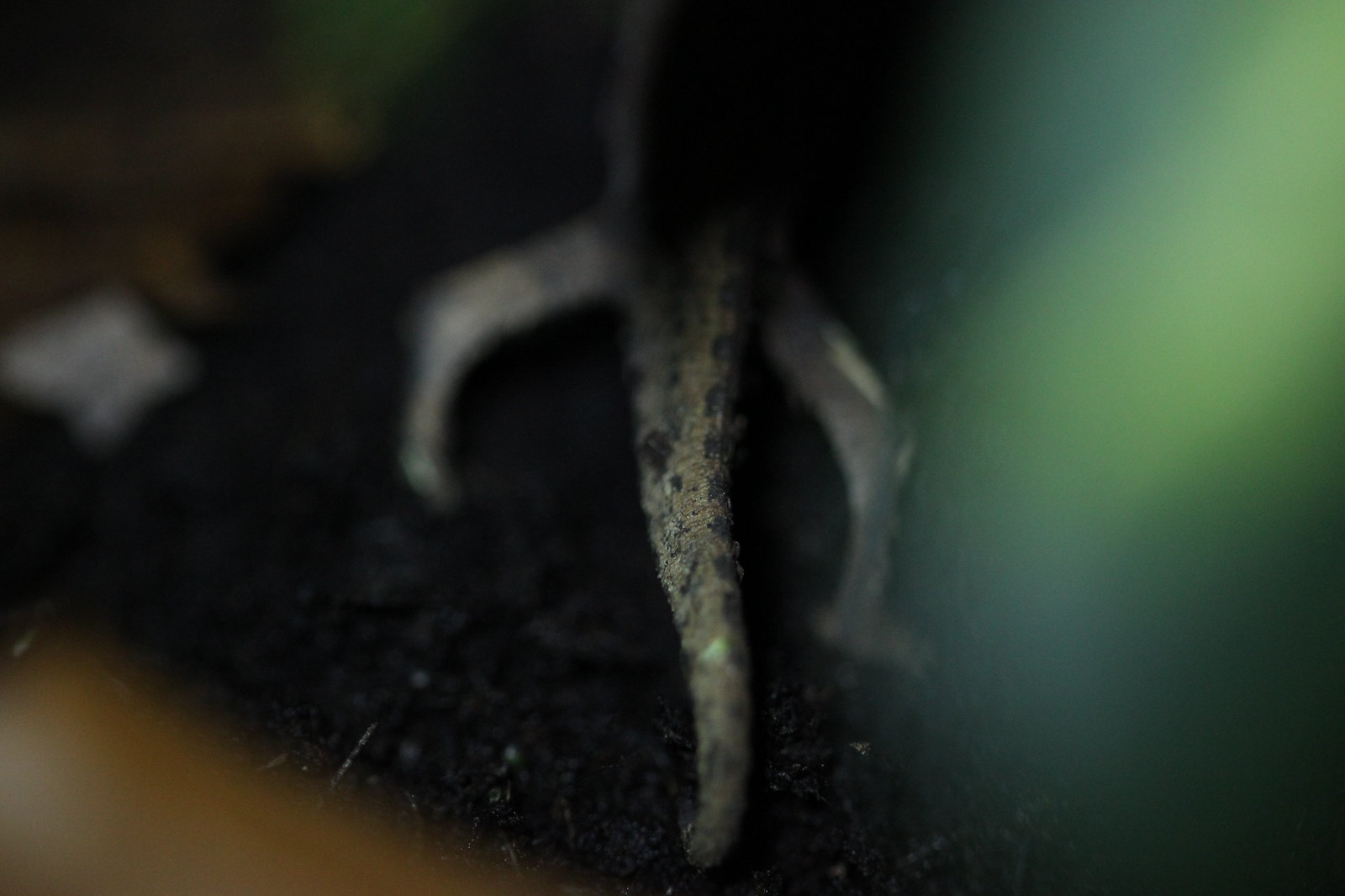
Thank you for your help,




